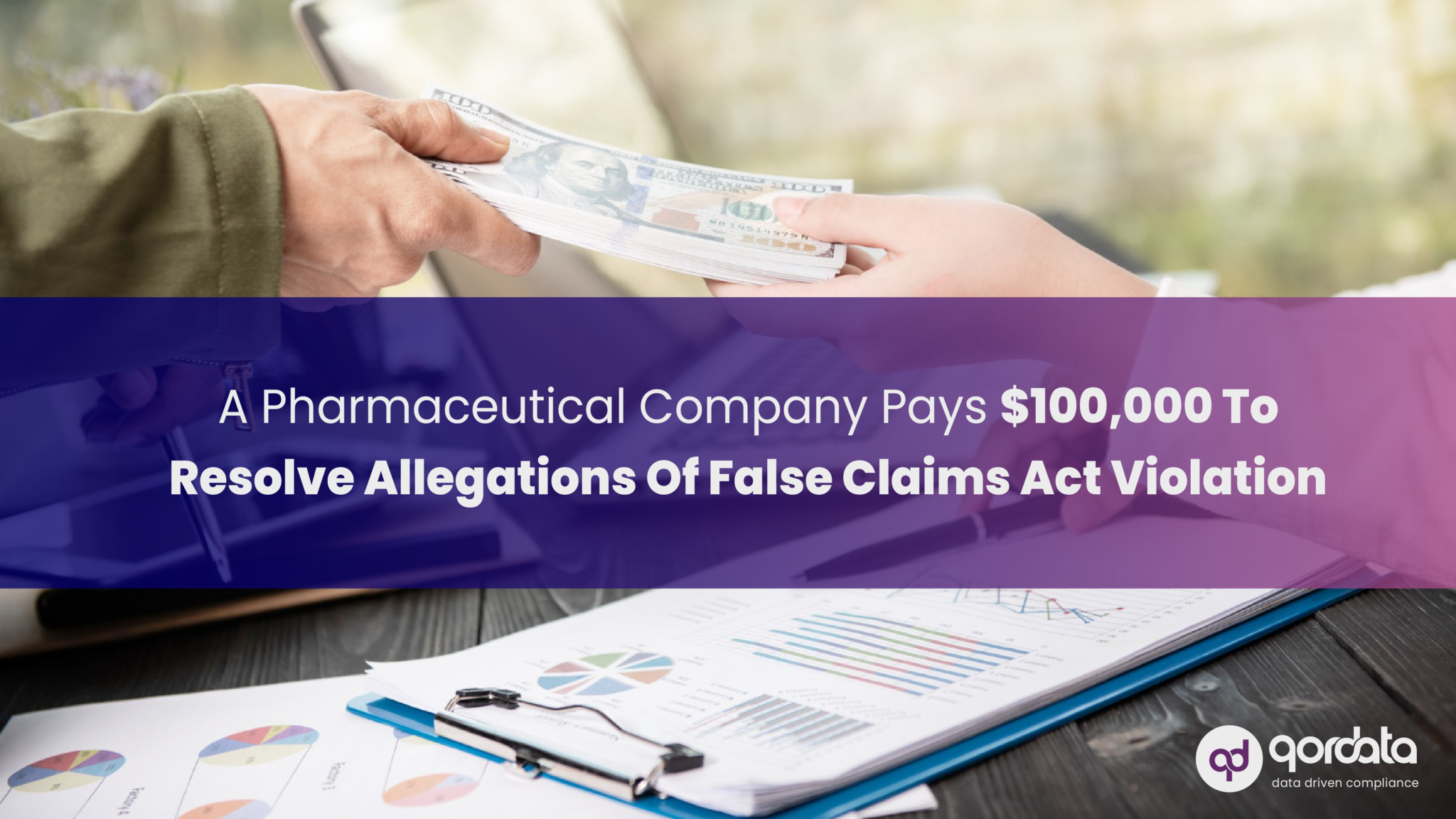This blog carries on from our previous blog (Compliance Professionals, Are Your Findings Statistically Significant?) on the difference between correlation and causality.
Causality is established when the following three conditions are met:
a) Temporal Association: For Event A to cause Event B, B must follow A. You cannot establish causality if two events are occurring simultaneously or if B precedes A.
b) Concomitant Variation: Let’s imagine the following scenario for expenditure under “Travel and Lodging” for physicians:
| Physician Spend ($) | Prescriptions (#) | Value ($) |
| 116 | 100 | 45,000 |
| 264 | 88 | 38,000 |
| 28 | 75 | 5,000 |
| 621.02 | 55 | 36,000 |
| 2,156.06 | 190 | 40,000 |
Yes, there is a relationship between expenditure and the number of prescriptions written. And yes, it’s also a positive one. However the values do not correspond proportionally. An increase of X% in spend can cause an increase of Y% in prescriptions written. But so can an increase in Y% of spend, or for that matter, an increase of X-10%.
For causality, you need proportionate changes in both values. Measuring proportionality gets easier when data is visually represented.
c) Non-Spurious Association: Rummaging through spurious associations is a favorite when it comes to forensic accounting. As we’ve often mentioned, compliance professionals tend to get the biggest share of dirty data than anyone else in the organization. It’s taxing enough to have to sort through that, but what do you do once all the data you need is in one place, in one presentable form, but…you don’t know which parts are relevant?
Spurious associations occur where there are scattered symptoms of an event. That is, lots of stimuli that could possibly explain an occurrence, but not a single one that actually does. To illustrate this, let’s assume your company lost an important physician relationship with a Dr. Hu. Surrounding that event were several symptoms, including:
-
Dr. Hu criticism for your company’s engagements, like speaker events or KOL activities
-
A new code of conduct in Dr. Hu’s hospital, that discouraged or limited physician-pharma interactions beyond a prescribed frequency
-
Attractive incentives extended by other pharmaceutical companies endorsing a drug similar to yours
-
Scandal surrounding your company’s subsidiary in China that have made headlines in local newspapers, highlighting physician-pharma relationships in the same Nature of Payments that you have with Dr. Hu
Any of these reasons could have caused you to lose the relationship. But which one did? Unfortunately, a linear, item-by-item analysis is not going to give the answer, nor will that be practical against reporting deadlines.
Devising an in-house formula might help, but only if there’s more than experience and intuition at work. Setting up triggers and KCIs within your compliance monitoring system will help to know what needs to be measured and against what. So it helps isolate the relevant factors from the spurious ones.
Want to learn more? Get in touch with a pharma-compliance specialist at qordata today.



